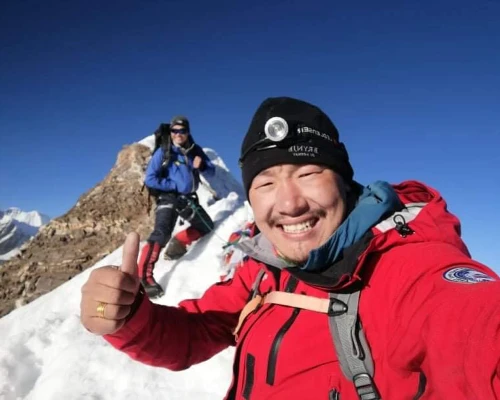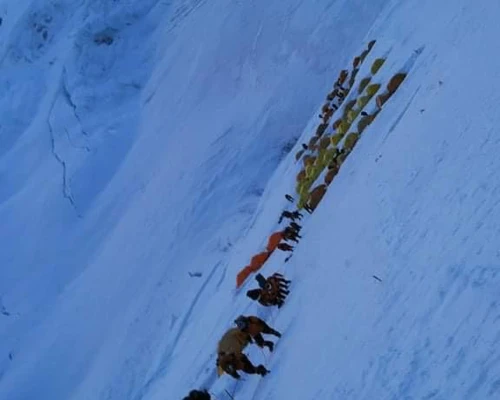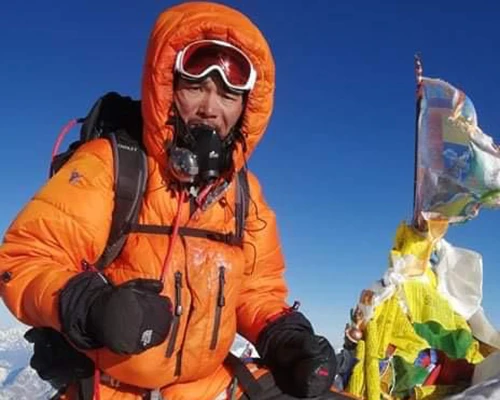Ask an adventurer what is about their dream , and they will answer you with any second or pause; it is Everest. Who in their right mind would not want to reach the top of the world? Who would not want to touch the sky and echo his achievement at the top of the mountain? It’s the trip of a lifetime: the Everest Expedition. Mt. Everest is the highest mountain in the world and is located in the Himalayas, at the border between Nepal and China. Mt. Everest, also known as The Sagarmatha in Nepali, is the tallest peak on earth and has an altitude of 8848.86m. The southern face lies in Nepal, whereas the north is directed toward Tibet.
In 1715, China went to survey the mountain for the first time while they were doing the mapping of Chinese territory and depicted it as Mount Qomolangma. British Indian government in 1856, which began again measuring Mount Everest at their Great Trigonometry Survey. Back then, it was called Peak XV and was said to be around 8840m tall.
Peak XV was renamed after Sir George Everest as Mount Everest, the name given to his honor, who was a lead surveyor in 1856. Sir George was the Welsh Surveyor and also served as the surveyor-general of India for thirteen years from 1830. Everest has been fascinating for mountaineers all around the globe since the 1920s, when Tibet first opened climbing in the early 1920s. In 1922, a British expedition Team led by Charles Bruce tried to scale the large summit of Mount Everest for the first time. It was Edward Norton's second attempt, along with the British Expedition team, that set the height of 8572m. The mountaineers George Mallory and Andrew Irvine disappeared on the third attempt. Mallory's body was found in 1999. There were several attempts made at Everest before the successful attempt made by Edmund Hillary and Tenzing Norgay on May 29, 1953, through the South Route. It is now reported that around 1000 ascent attempts are made annually.
To stand at the top of Everest is a dream for every mountaineer. That’s understandable, as it is the highest point on earth with an altitude of 8848m (29029ft). Mt. Everest has also attracted mountaineers from all over the world for several decades and continues to do so. It’s glorifying history, and the alluring natural appeal is what makes these climbers dreams so big, bigger than Everest itself. After the first ascent in 1953, Everest was opened for mountaineers to climb. Out of the several attempts to conquer the peak, some made it, while some of the top mountaineers could not. Several expeditions even turned into disasters, while others made history. Even after all these years, Everest stands tall and lures several mountaineers with its beauty. If you’re one of those mountaineers, come and join us on our expedition to Everest. You can prepare yourself to immerse yourself in the local culture and experience an adventure while being in safe hands. We believe expeditions are much more than climbing; hence, we have made a perfect package where you can explore more of Nepal and its culture in comfort. The Everest Expedition is one of the famous expeditions that tourists come to Nepal for.







 based on 1 review
based on 1 review